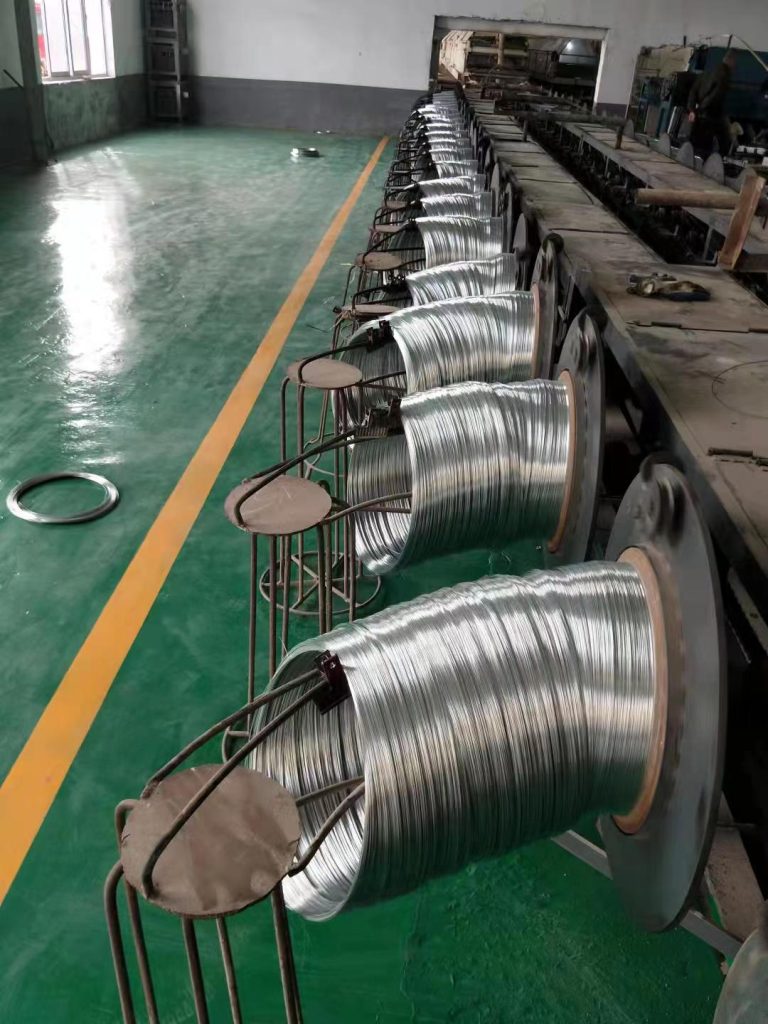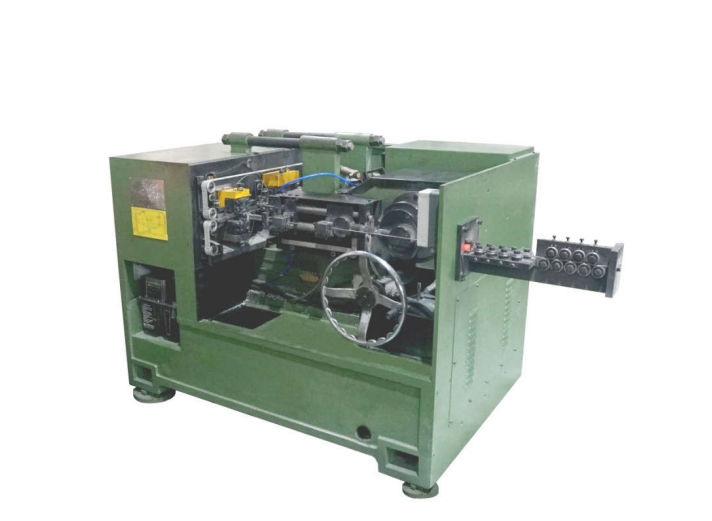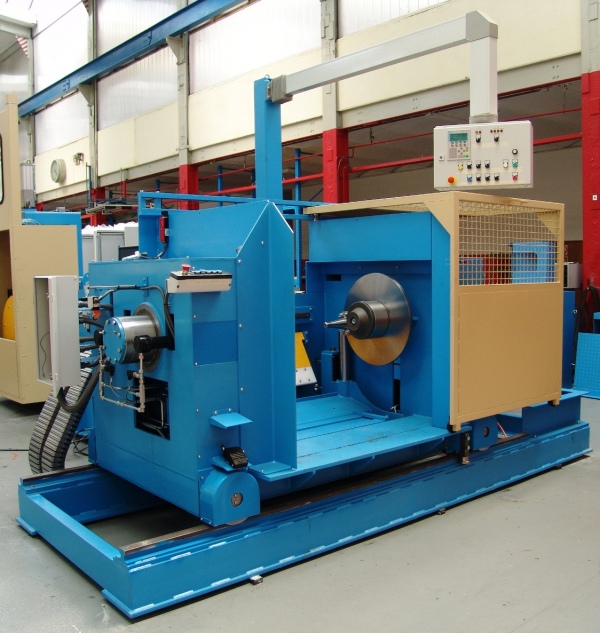How To Choose The Right GI Wire Production Line For Your Business
When it comes to choosing the right GI wire production line for your business, there are several factors to consider. GI wire, also known as galvanized iron wire, is a type of wire that is coated with a layer of zinc to protect it from corrosion. It is commonly used in a variety of industries, including construction, agriculture, and manufacturing.
One of the first things to consider when choosing a GI wire production line is the capacity of the machine. You will need to determine how much wire you will need to produce on a daily or weekly basis in order to meet the demands of your customers. It is important to choose a production line that can handle the volume of wire that you require without causing any delays or bottlenecks in your production process.
Another important factor to consider is the quality of the wire produced by the production line. The quality of the wire will depend on the materials used in the production process, as well as the design and construction of the machine itself. It is important to choose a production line that uses high-quality materials and has been designed and manufactured to produce wire that meets industry standards for strength and durability.
In addition to capacity and quality, you will also need to consider the cost of the GI wire production line. The cost of the machine will depend on a variety of factors, including its capacity, quality, and features. It is important to choose a production line that fits within your budget while still meeting your production needs.
When choosing a GI wire production line, it is also important to consider the reputation of the manufacturer. You will want to choose a production line from a reputable manufacturer that has a track record of producing high-quality machines that are reliable and durable. You can research different manufacturers online, read reviews from other customers, and ask for recommendations from industry experts to help you make an informed decision.
Once you have considered all of these factors, you will be ready to choose the right GI wire production line for your business. It is important to take your time and carefully evaluate all of your options before making a decision. By choosing a production line that meets your capacity, quality, and budget requirements, you can ensure that your business will be able to produce high-quality GI wire efficiently and effectively.

In conclusion, choosing the right GI wire production line for your business is an important decision that requires careful consideration of several factors. By evaluating the capacity, quality, cost, and reputation of the manufacturer, you can choose a production line that meets your needs and helps your business succeed in the competitive wire industry.
Common Issues And Solutions In GI Wire Production Lines
GI wire production lines are essential in the manufacturing industry for producing galvanized iron wires used in various applications such as fencing, construction, and electrical wiring. However, like any production process, there are common issues that can arise during the operation of a GI wire production line. In this article, we will discuss some of these issues and provide solutions to help improve the efficiency and effectiveness of the production line.
One common issue in GI wire production lines is inconsistent wire diameter. This can be caused by a variety of factors, such as improper tension control, worn out dies, or fluctuations in the raw material quality. To address this issue, it is important to regularly calibrate the tension control system, replace worn out dies, and closely monitor the quality of the raw material. By taking these steps, manufacturers can ensure that the wire produced meets the required specifications and standards.
Another common issue in GI wire production lines is poor coating adhesion. This can result in the galvanized coating peeling off the wire, leading to product defects and customer dissatisfaction. To improve coating adhesion, it is important to properly clean and prepare the wire surface before the galvanizing process. Additionally, manufacturers should ensure that the galvanizing bath temperature and composition are maintained within the recommended range to promote proper adhesion. By addressing these factors, manufacturers can enhance the quality of the galvanized wire produced.
One of the most critical issues in GI wire production lines is equipment breakdowns. This can lead to costly downtime and delays in production, impacting overall efficiency and profitability. To prevent equipment breakdowns, it is essential to implement a regular maintenance schedule and conduct routine inspections of the production line components. Additionally, manufacturers should invest in high-quality equipment and spare parts to minimize the risk of breakdowns. By prioritizing equipment maintenance and investing in reliable machinery, manufacturers can reduce the likelihood of production disruptions.
Inefficient production processes can also be a common issue in GI wire production lines. This can result in wasted time, resources, and energy, ultimately affecting the overall productivity of the production line. To address inefficiencies, manufacturers should analyze the production process and identify areas for improvement. This may involve streamlining workflows, optimizing machine settings, or implementing automation technologies to increase efficiency. By continuously evaluating and optimizing production processes, manufacturers can enhance productivity and reduce costs.
In conclusion, GI wire production lines are essential for manufacturing galvanized iron wires used in various industries. However, like any production process, there are common issues that can arise and impact the efficiency and effectiveness of the production line. By addressing issues such as inconsistent wire diameter, poor coating adhesion, equipment breakdowns, and inefficient production processes, manufacturers can improve the quality of the galvanized wire produced and enhance overall productivity. By implementing solutions to these common issues, manufacturers can optimize their GI wire production lines and achieve greater success in the manufacturing industry.






